Tech side of truck racing - a chat with FIA’s Carlos Barros
It is a special year for the FIA European Truck Racing Championship Technical Delegate Carlos Barros as he celebrates four decades of working in motorsport. Barros has been enjoying a long and diverse career so far, having spent a bulk of it with Peugeot, a manufacturer he joined back in 1977. Over the course of the years Barros worked with the French brand on a number of projects in several different disciplines, from rallying, including the iconic to Paris-Dakar, to endurance racing and the 24 Hours of Le Mans–winning cars of 1992 and 1993.
Since 2013 the Franco-Portuguese has been working for the FIA and currently serves as Technical Delegate for the FIA European Truck Racing Championship. Here Barros gives us an overview of the main technical aspects of truck racing.

Prototypes with production parts
"The trucks are prototypes," – says Barros. "They’re built with the use of many production parts, but the parts are not fitted in the same way as in a road-going truck. The engine is placed in the centre and in a normal truck it’s in front," – he adds.
The purpose of moving the engine as far back as possible is optimal weight distribution that translates into better balance and handling. However there’s a hook within the regulations. "The minimum weight is 5300 kg, but on the front axle it cannot be less than 3150 kg and that’s in order to avoid all the main components being moved too far towards the back end of the truck," – he explains.
The chassis of a race truck has to withstand forces their road-going equivalents are not exposed to, therefore stiffness is key. "We keep the main rail, but then there’s a subframe fitted to reinforce the chassis," – says Barros.
In order to maintain the aesthetics of a tractor unit, all the trucks have to be fitted with a saddle. "There are dimensions of the saddle that have to be respected and that’s to prevent teams from working on aerodynamics in that area," – he says.
Double the power
"Road trucks have between 400bhp and 600bhp. Race trucks have around 1200bhp. The maximum allowed capacity is 13 000 cm3. Most of the trucks have six-cylinder turbo-charged engines. In the past some trucks had V8s or V10s, but nowadays the six-cylinder layout is a standard and that also works best from a weight distribution point of view," – explains Barros, shedding some light on the monstrous power units that propel race trucks in the FIA ETRC.
Surprisingly all that power is being transfer to the surface of the track with the use of a production gearbox. "The gearbox is from a production truck, but they are strong enough to deal with the power," – assures Barros.
Go-karts with 200 litres of water on board
"The rear axle is blocked, there’s no differential, like a go-kart, so when it’s raining, the drivers have to be really delicate with it," – says Barros.
With the immense mass and velocity of race trucks, brakes are being pushed to their absolute limits over the course of the races. Hence all trucks are equipped with front and rear disc brakes cooled by water. "Some of the trucks have air ducts, but it’s most important to cool the brakes with water," – explains Barros. "In some races [when track layout is particularly heavy on the brakes] the trucks can carry up to 200 litres of water," – he adds.
And how does the man himself sees truck racing from a fan point of view? "Some people say that it’s strange to see trucks on a track," – he says. "The reality is that it’s very attractive. For me it’s more attractive than any other races," – he then sumarises.







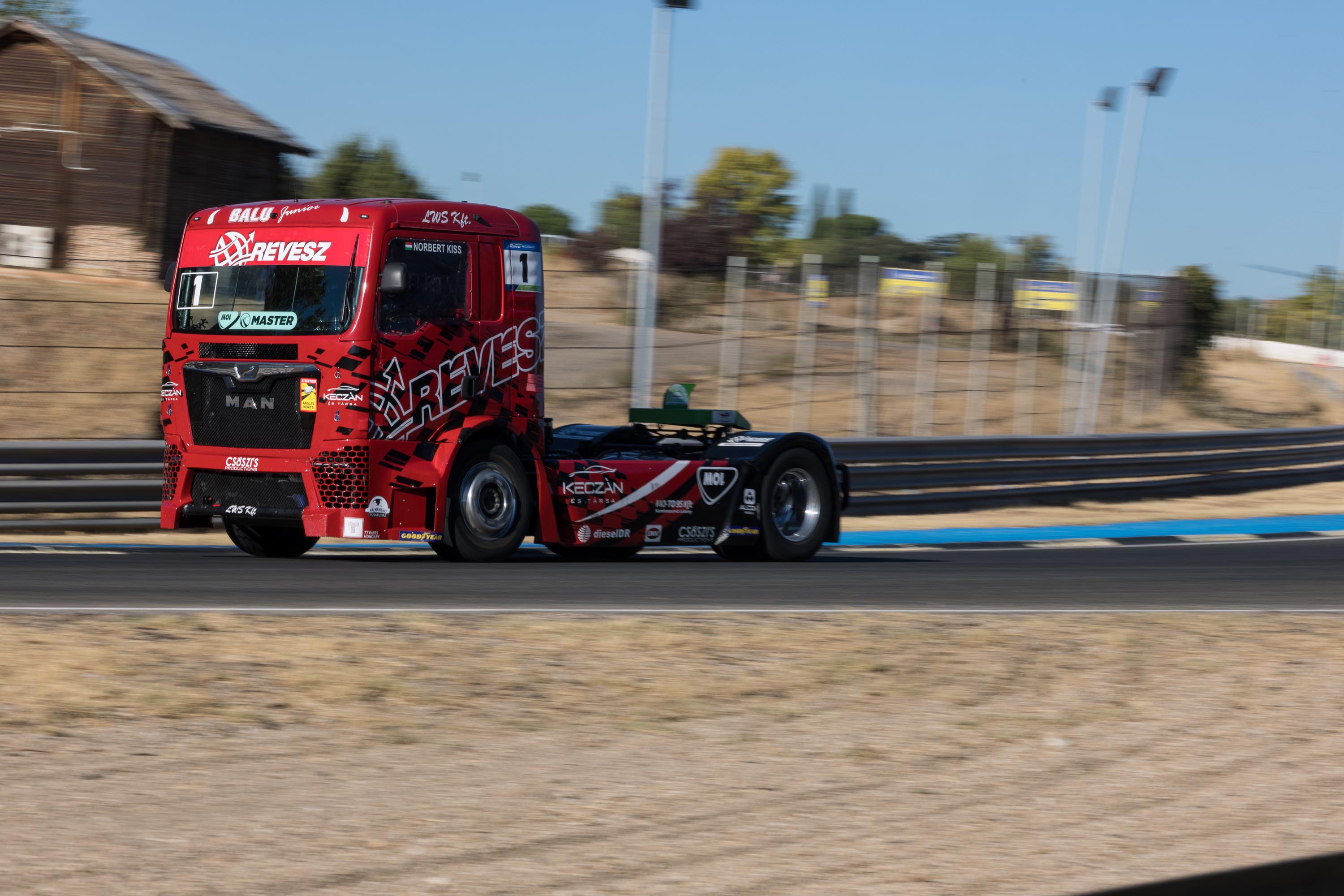


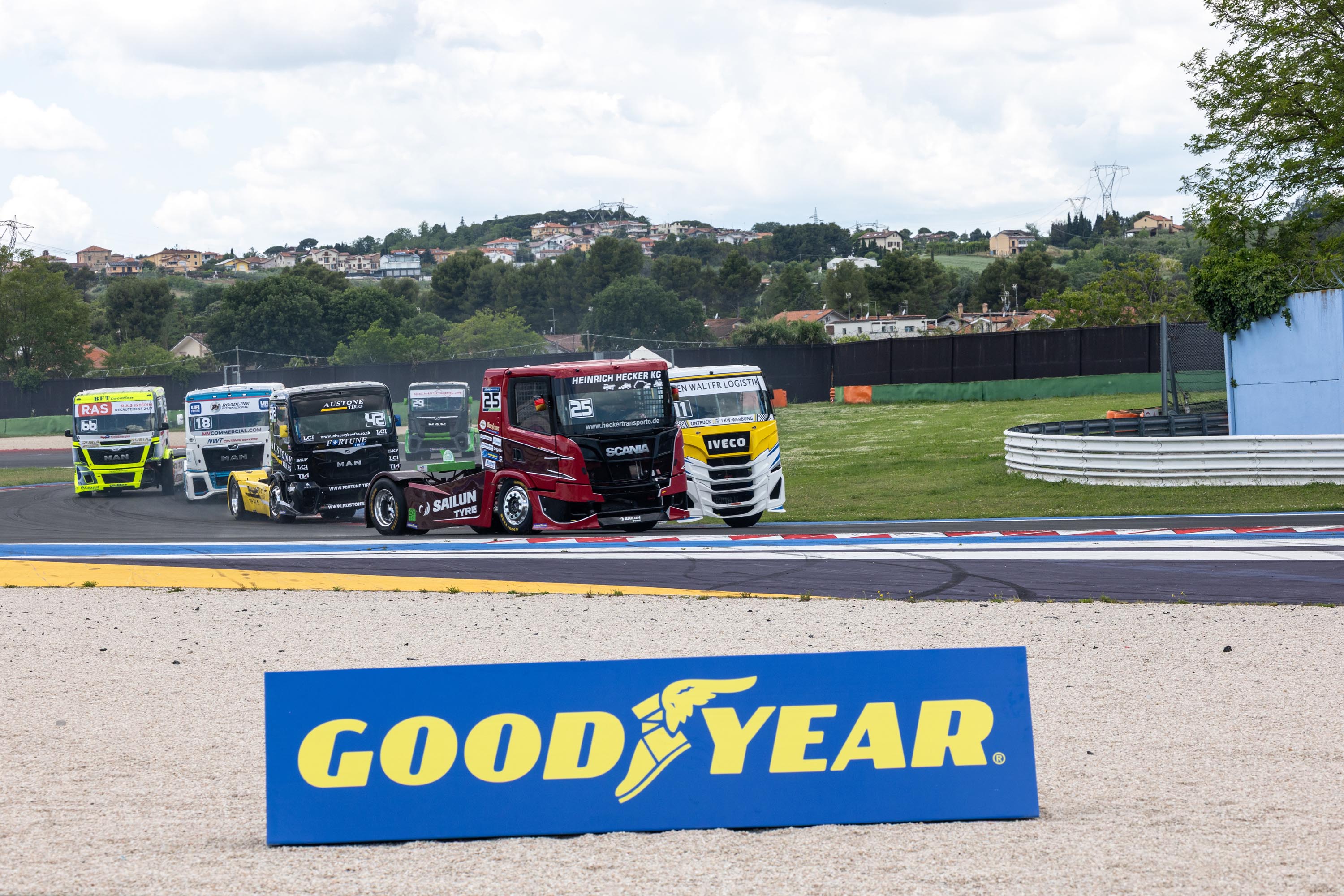


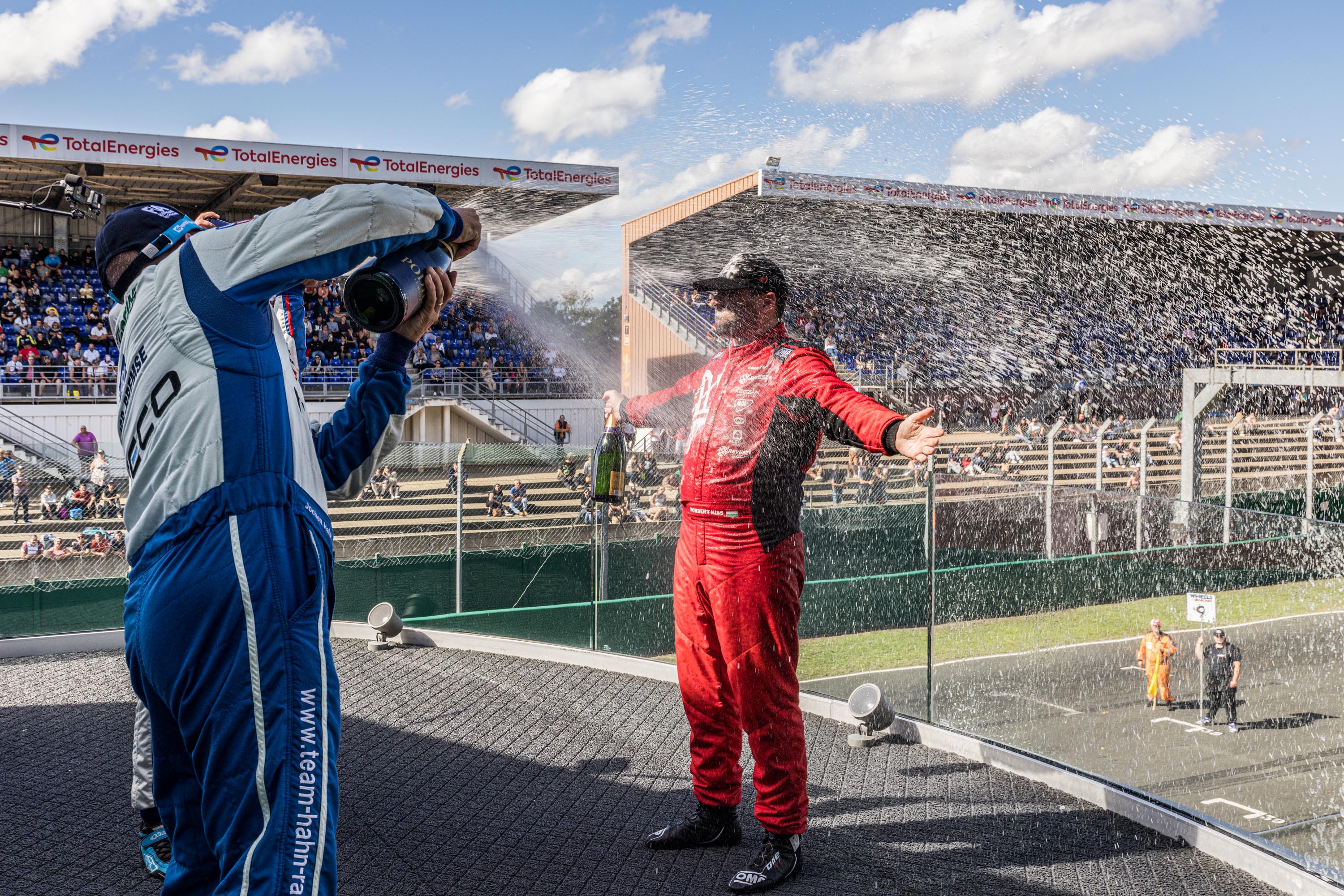
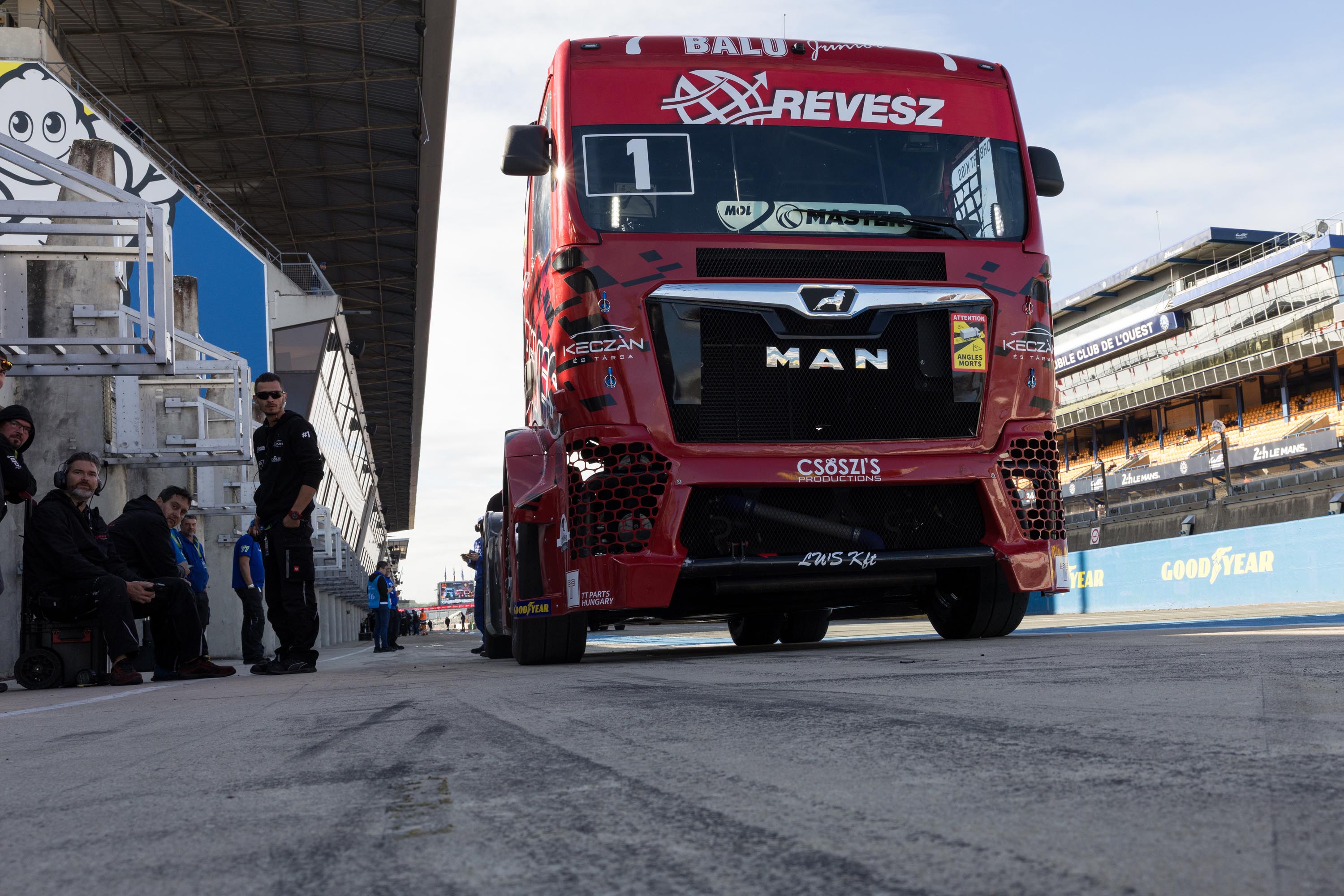
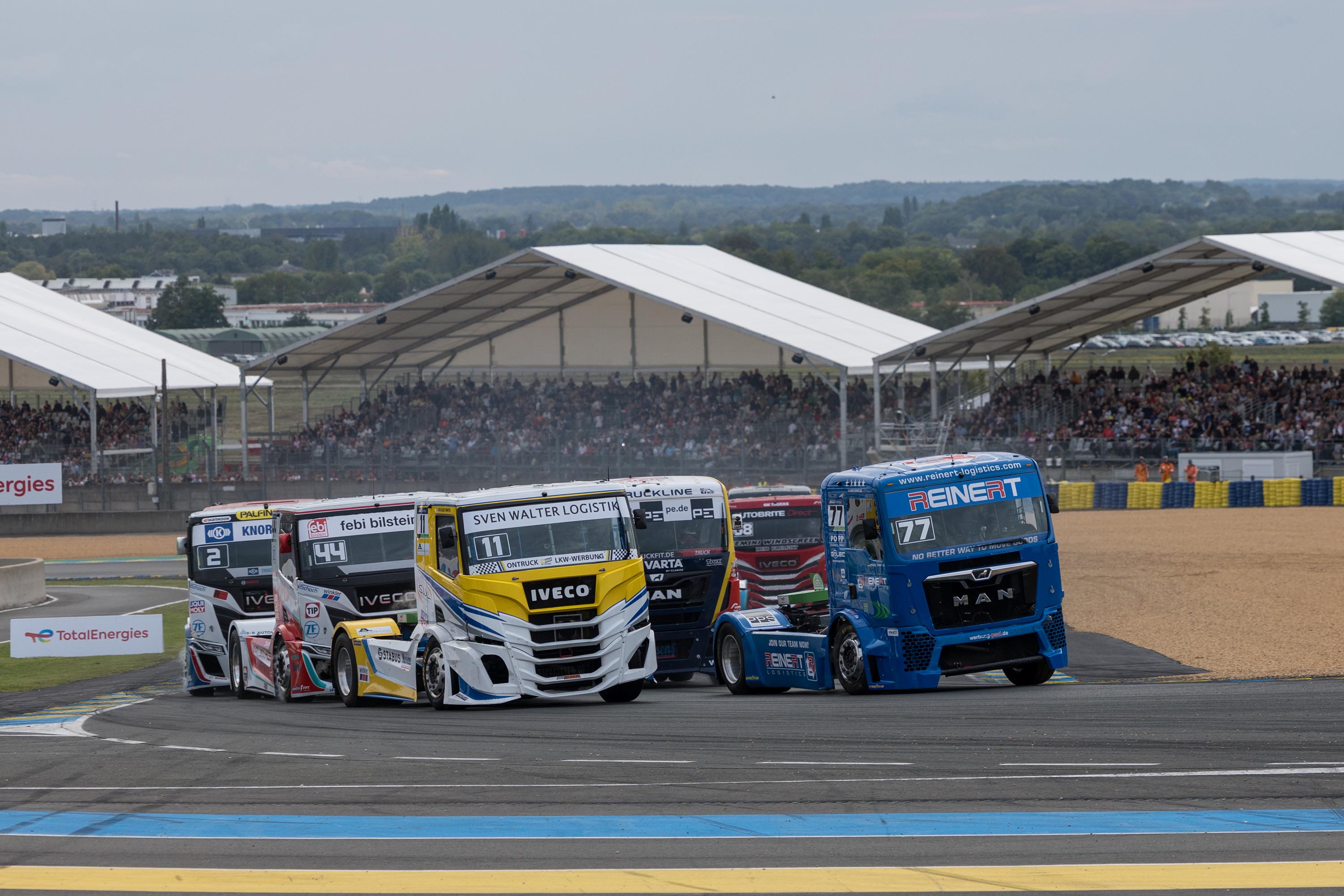
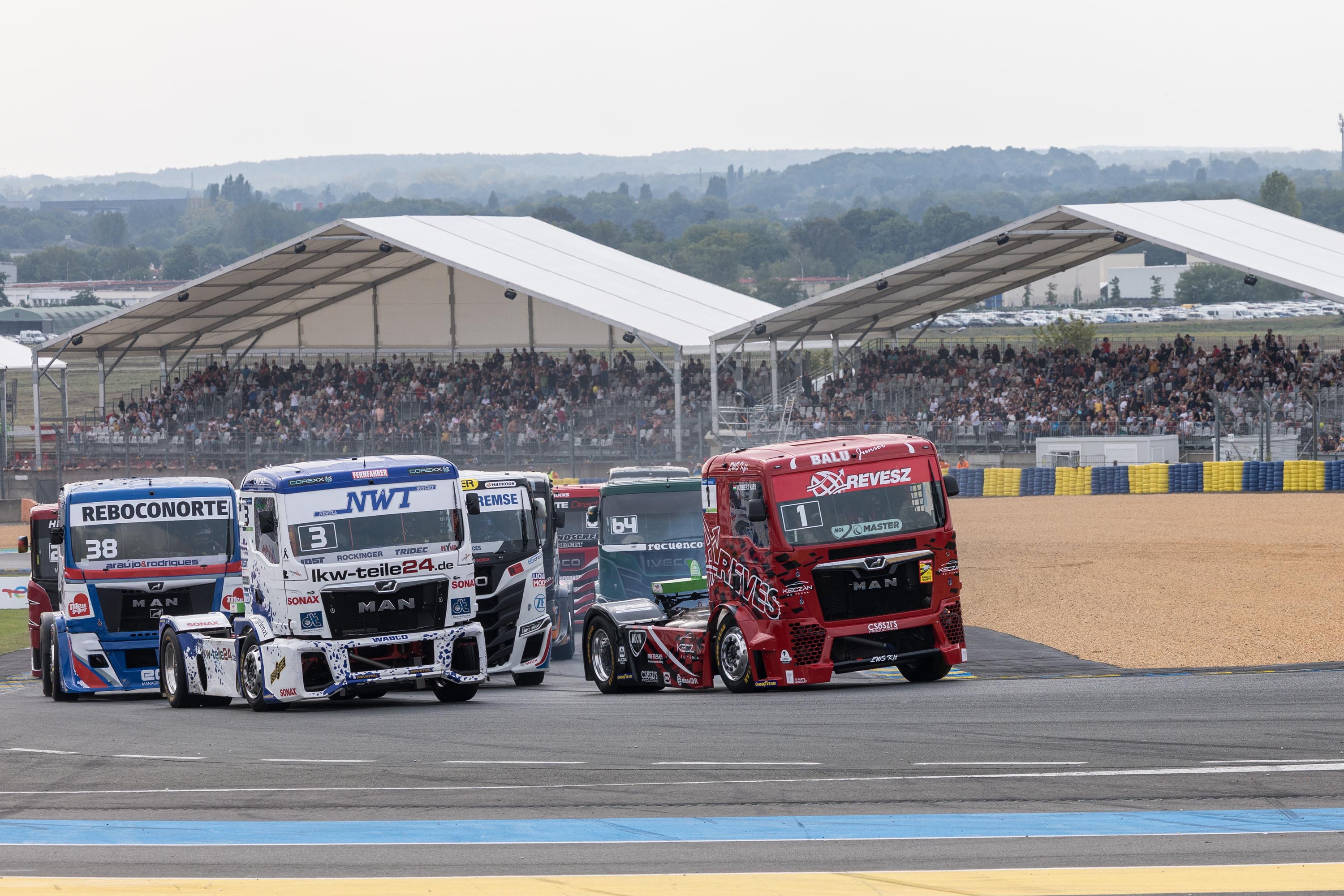
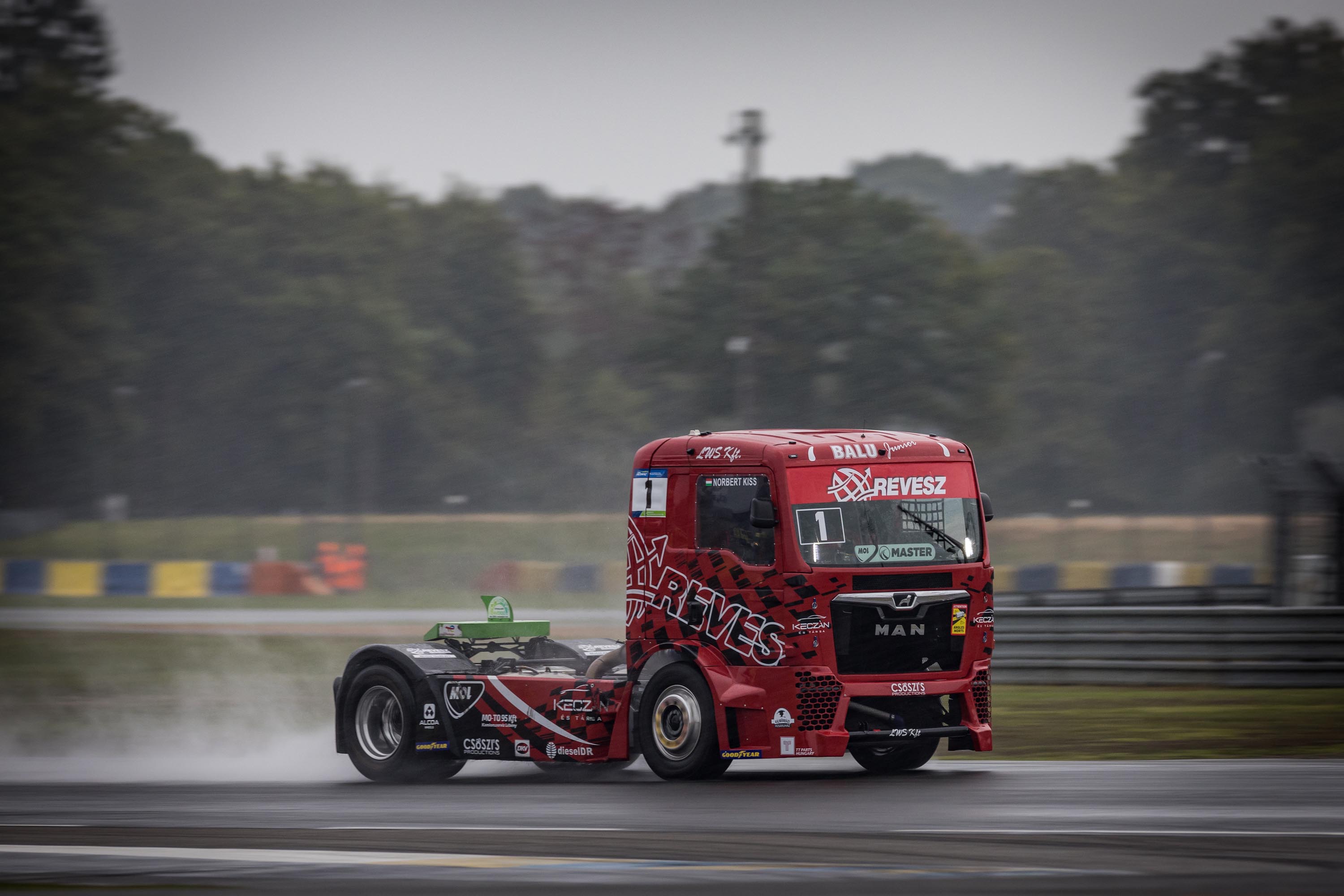


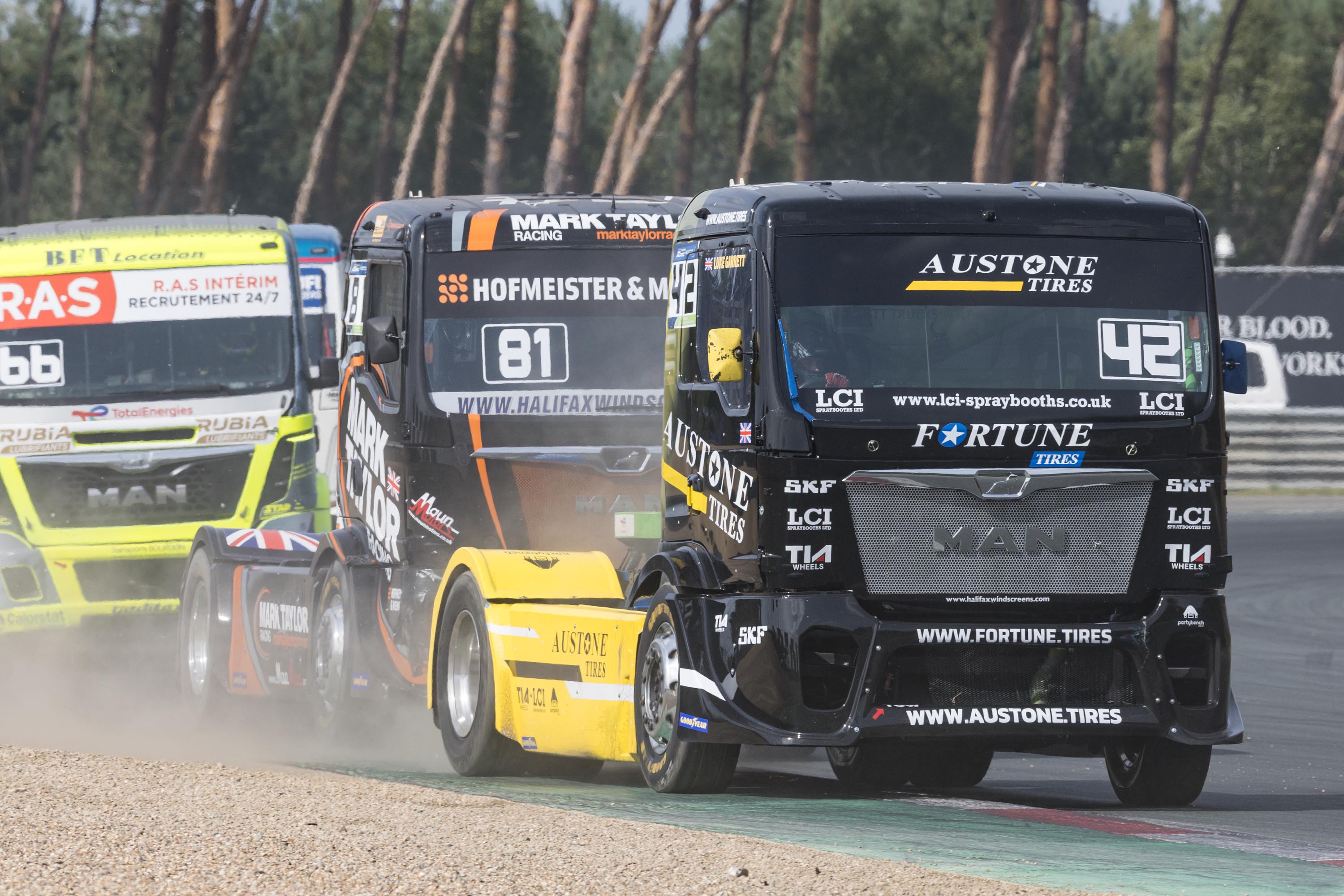


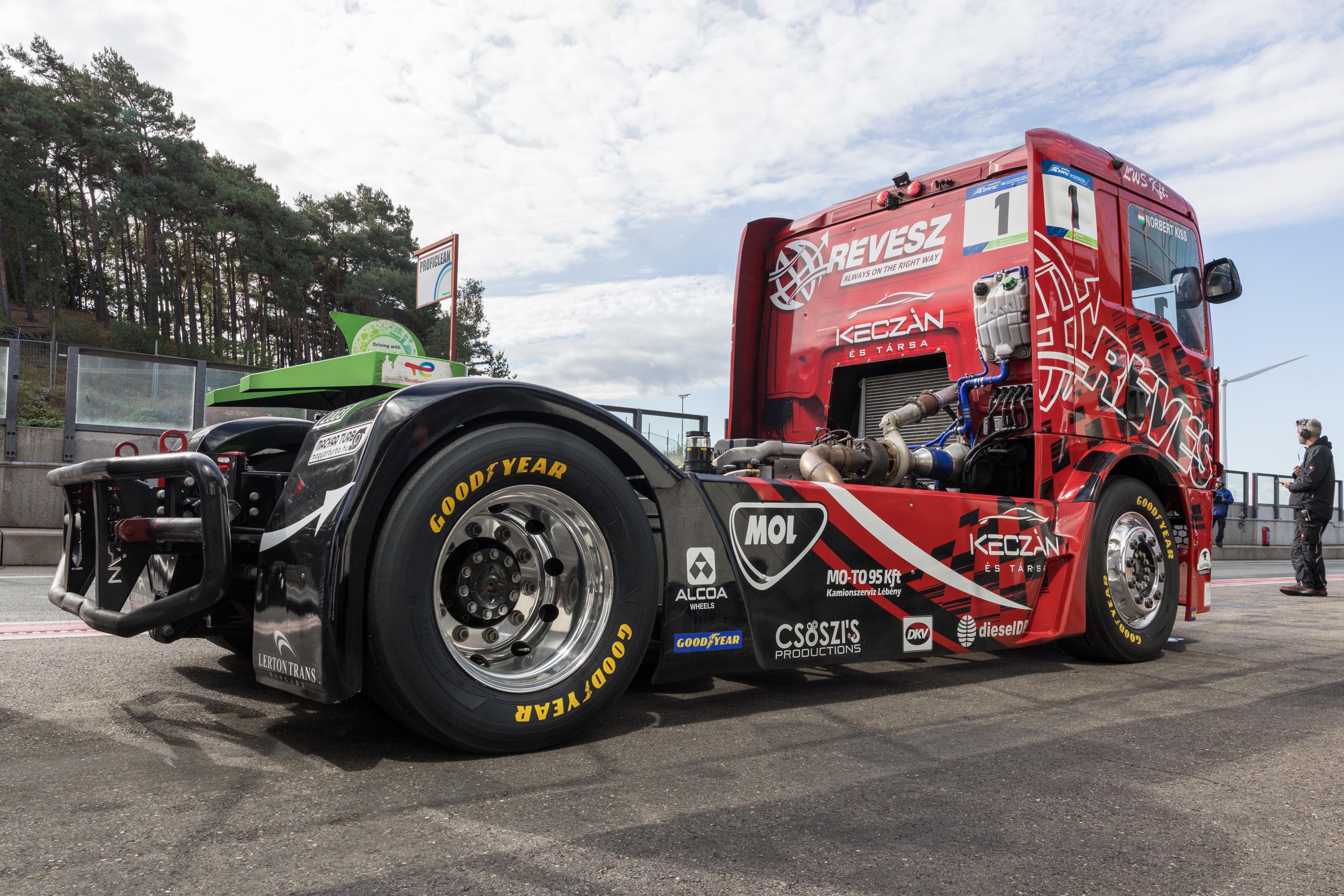

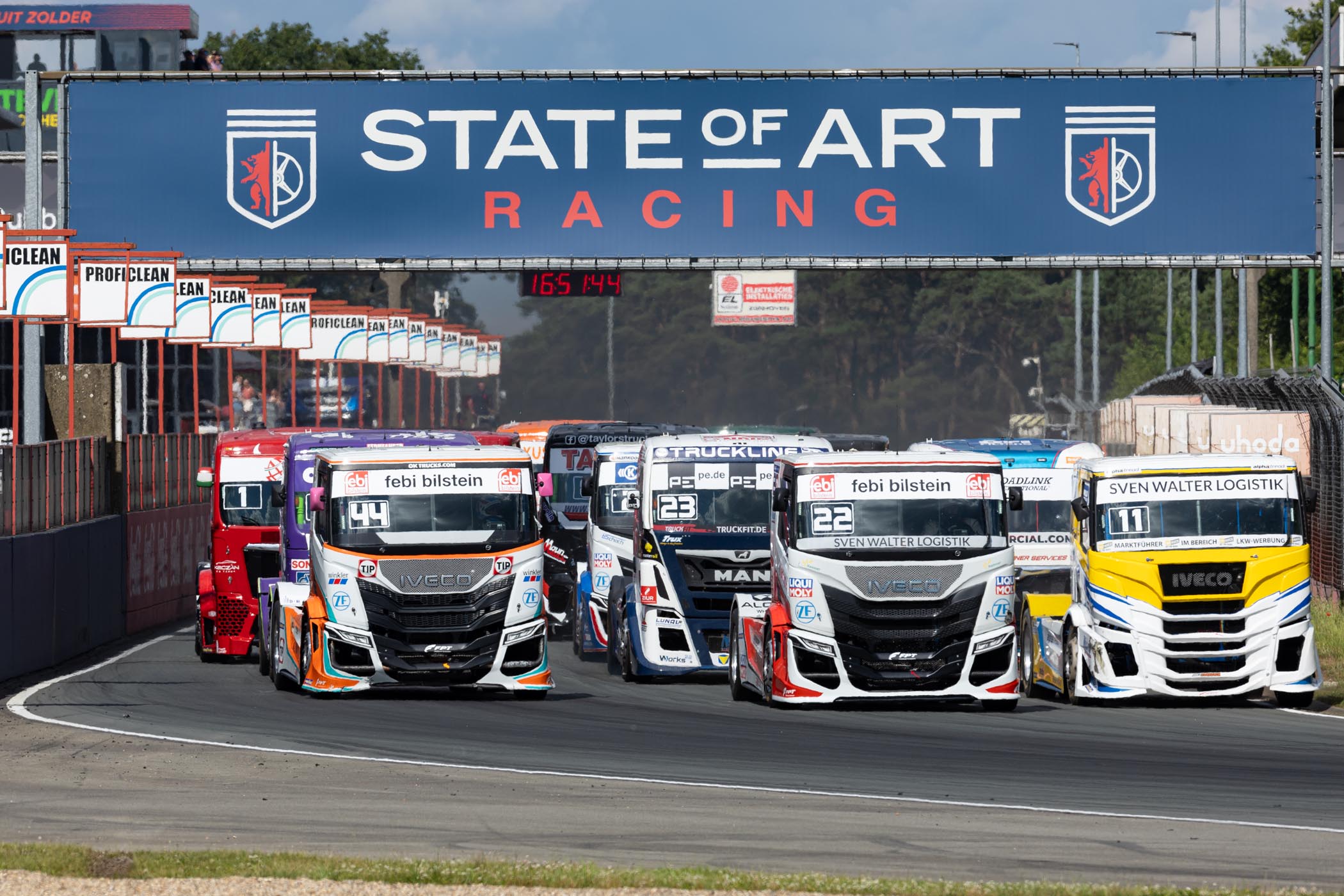



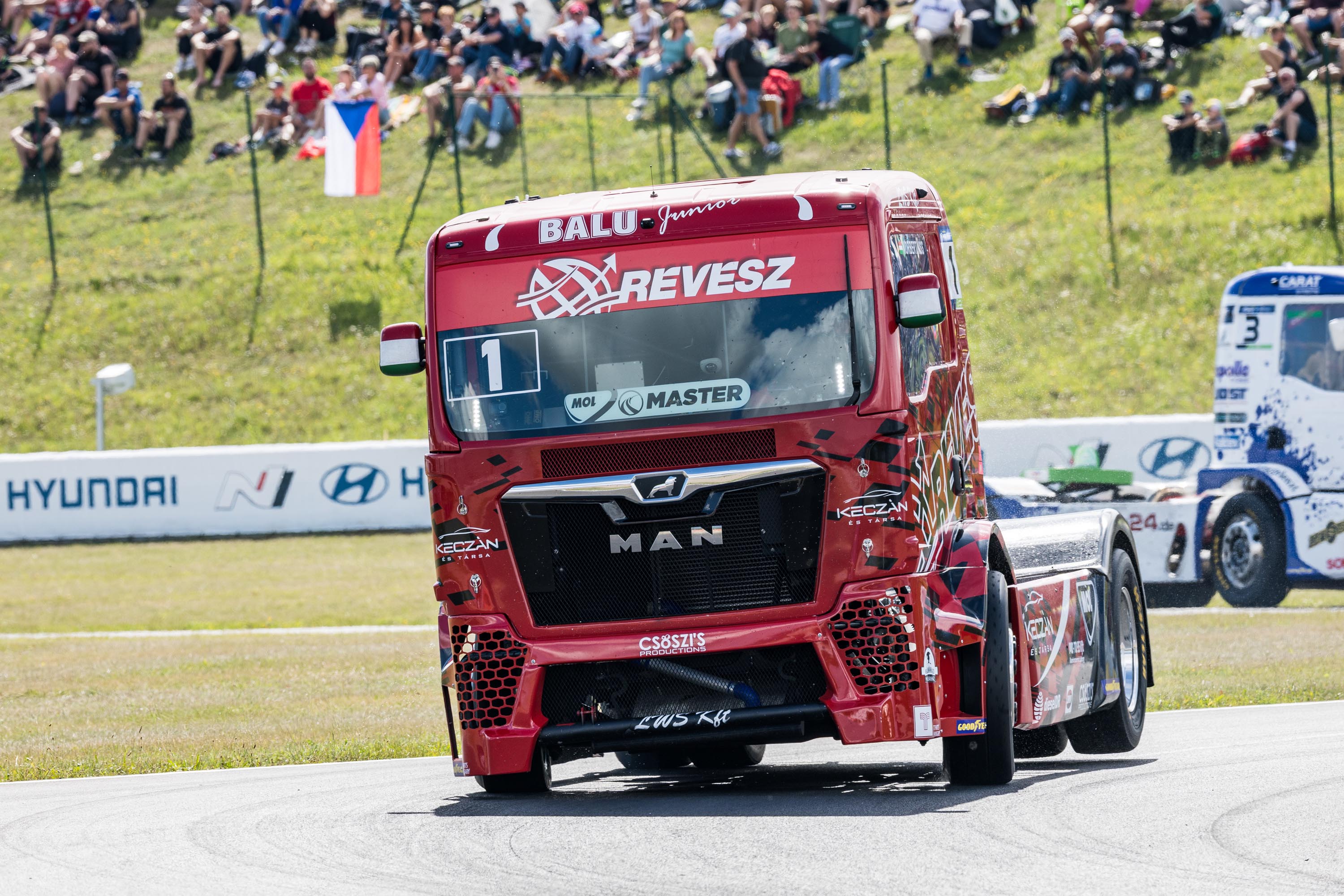
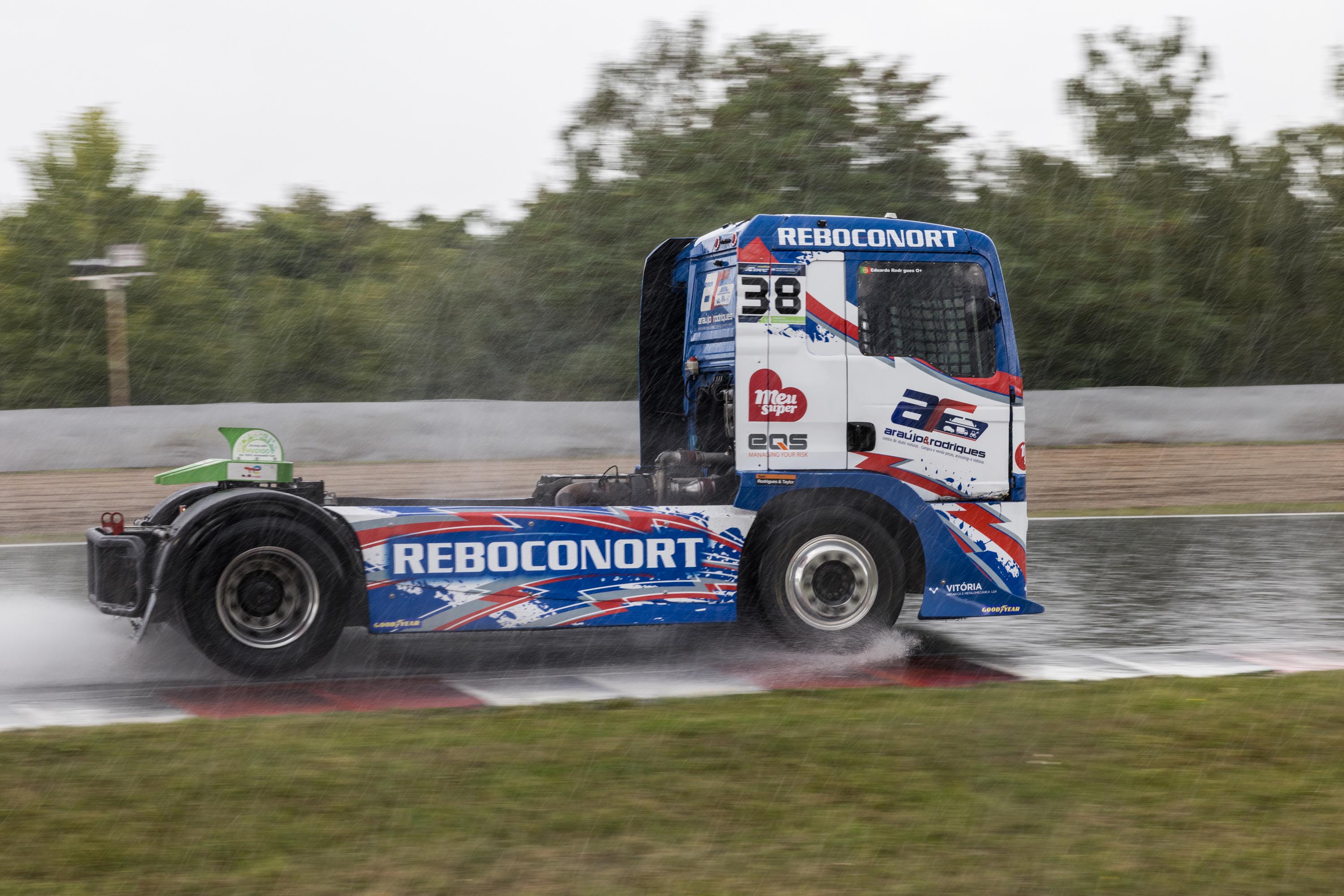






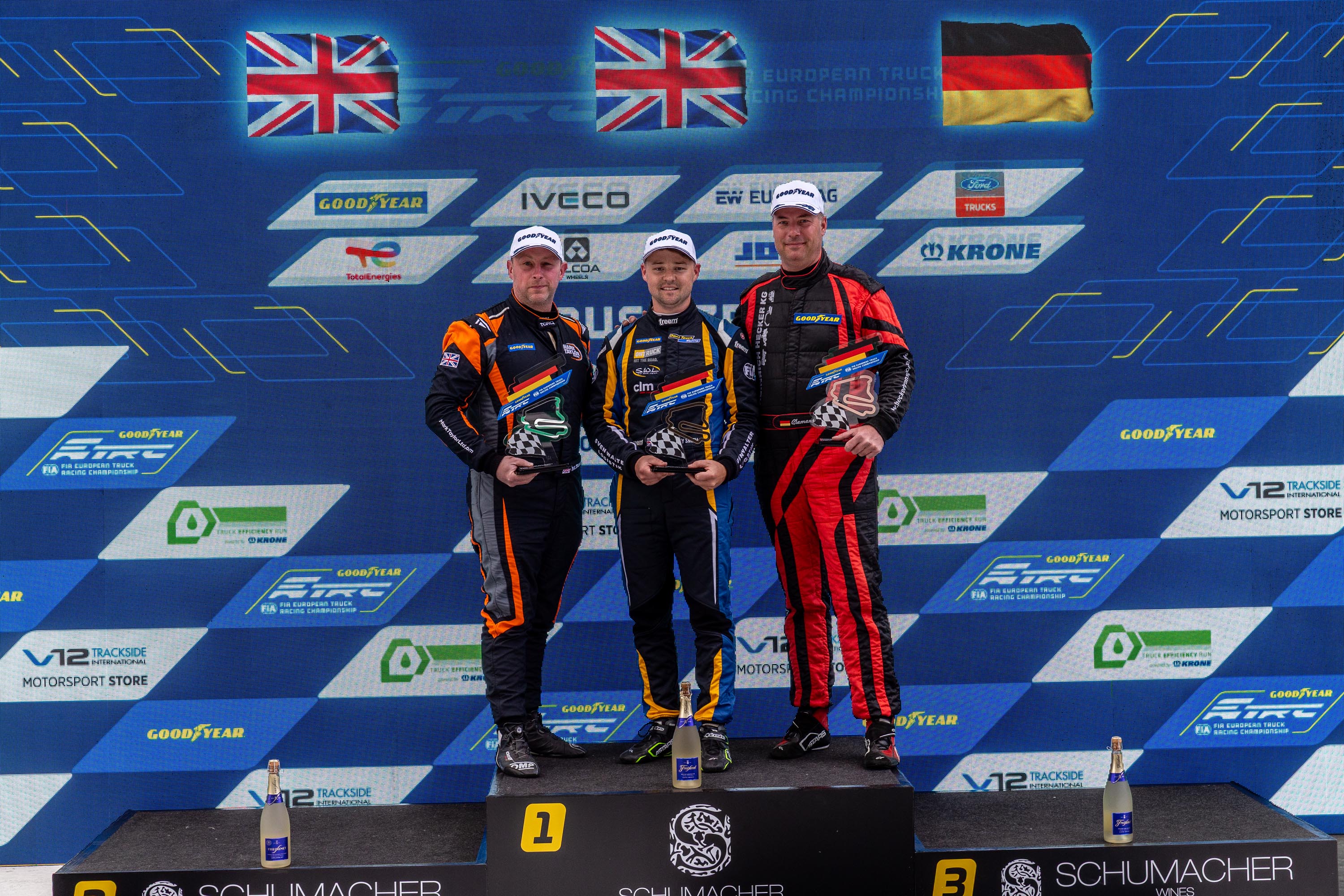

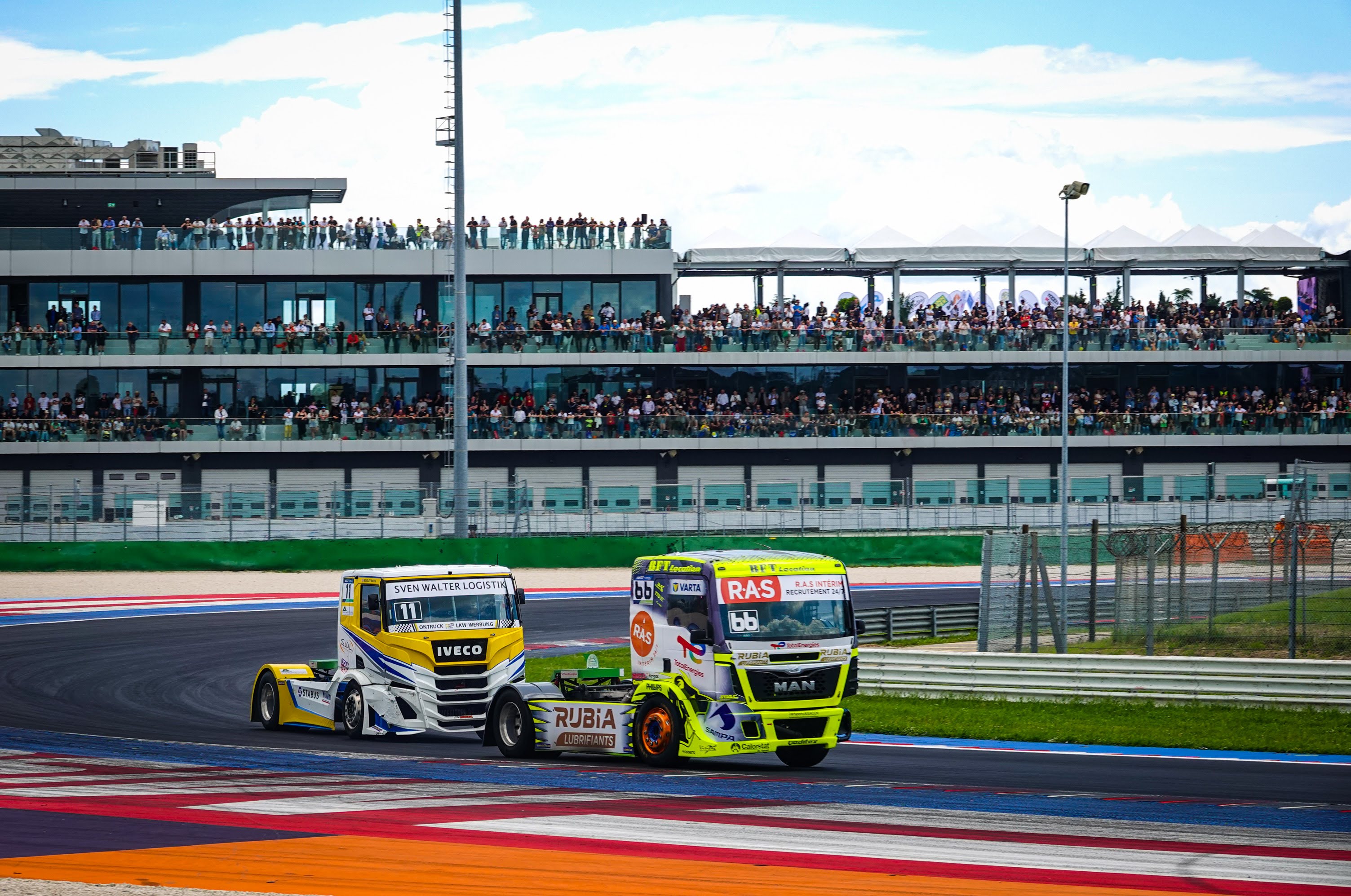
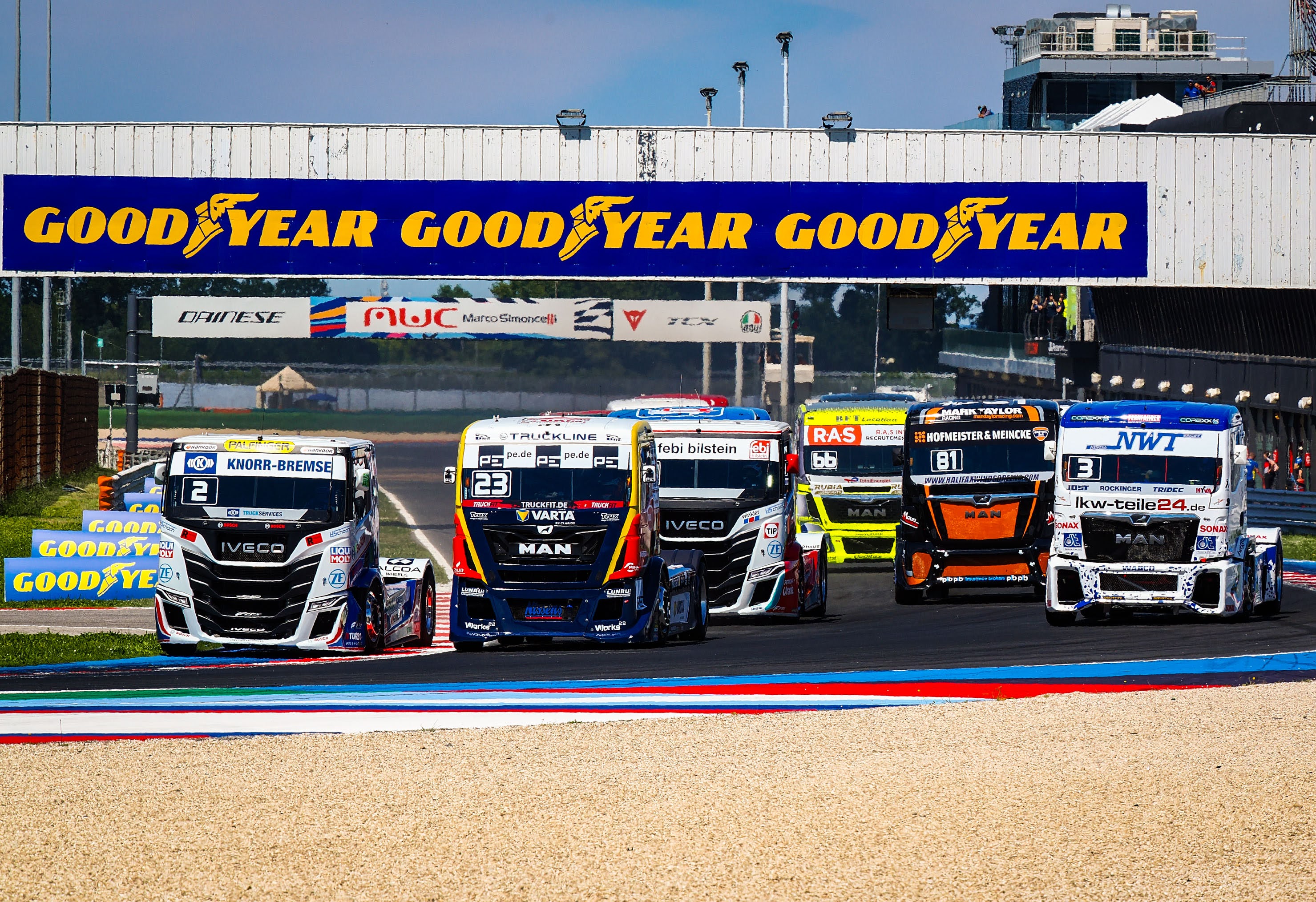



.jpg)






































.jpg)


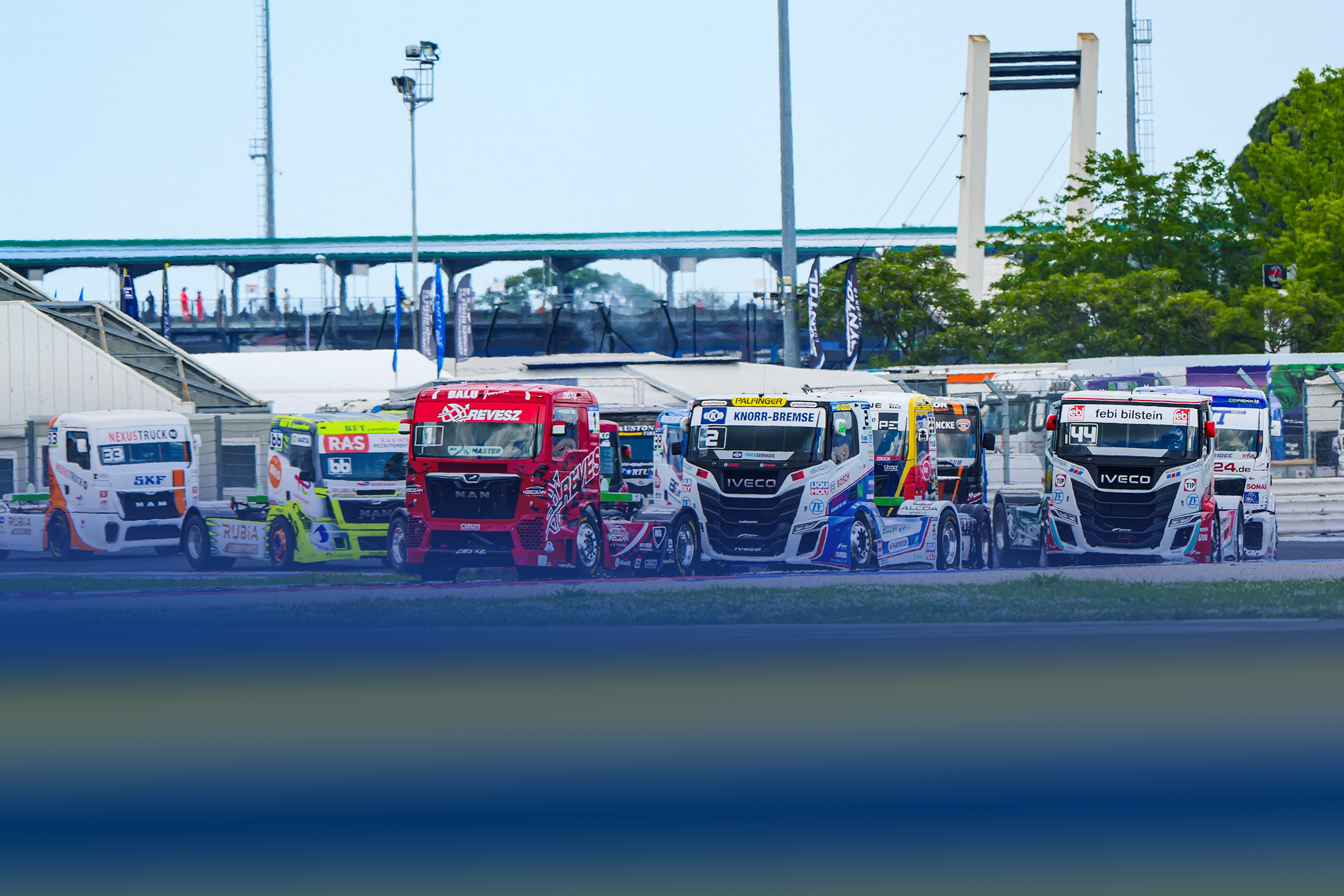








.jpg)



